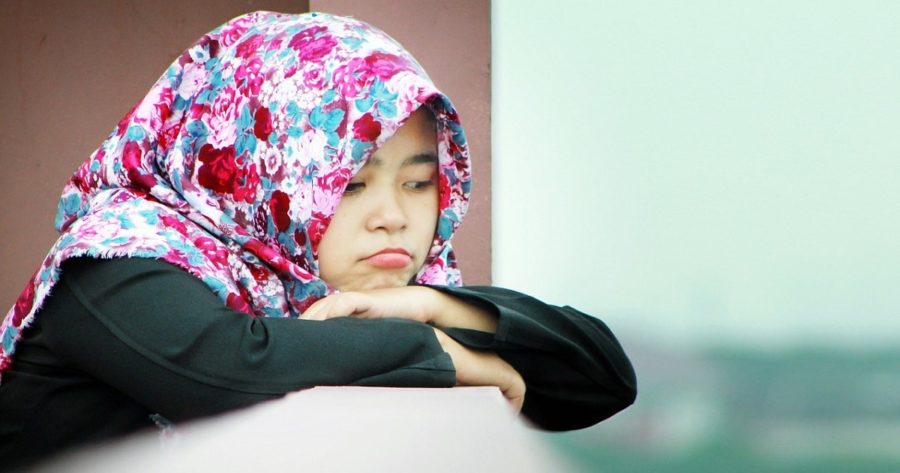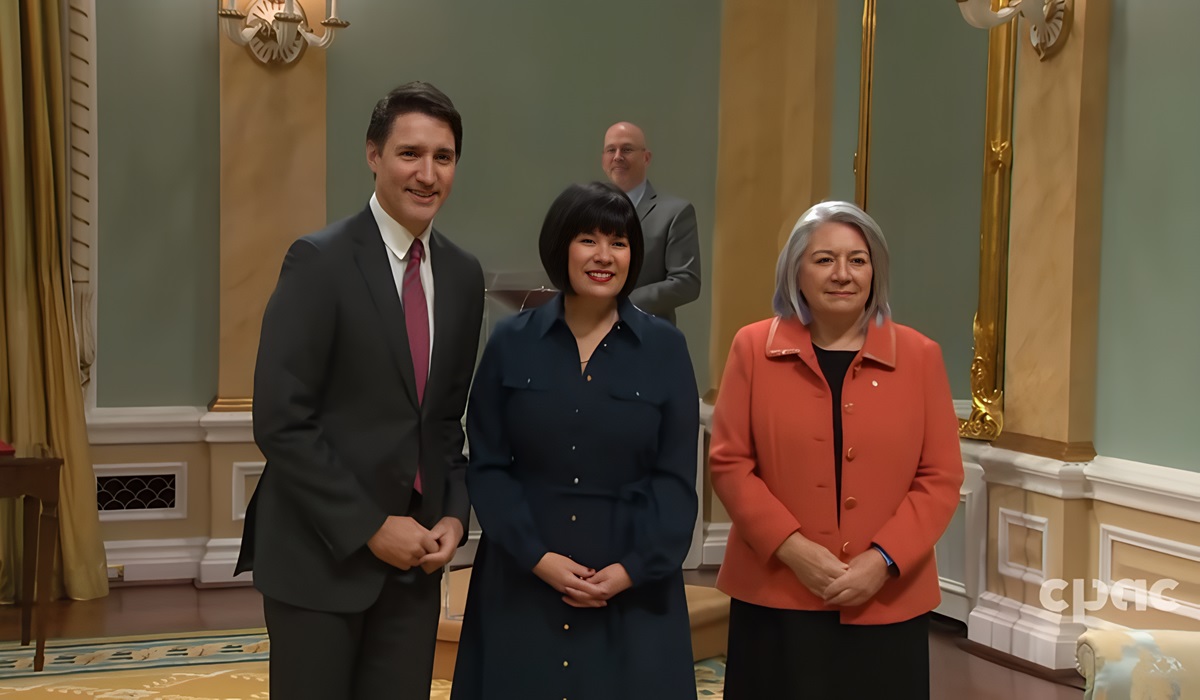Iran: Needless Deaths & Arrests Won’t Address the Place of Headscarves in our Shared Humanity
- Steve Ogah
- Breaking News
- Middle East
- Op-Ed
- Trending
- Women's Rights
- September 23, 2022

Iran: Needless Deaths & Arrests Won’t Address the Place of Headscarves in our Shared Humanity
Ms. Amini’s death has pushed many in Iran to protest barricades and further riled women thirsting for freedom to the wall.
The recent death of a 22-year-old woman in Iran in the aftermath of detention by the country’s “morality police” has once more exposed the headscarf as a touchy symbol in the country and worldwide. Mahsa Amini’s death has ignited a flood of protests in the country, with many women burning their headscarves, as seen in several videos across media channels.
The resentment and fondness towards the piece of cloth vary across plural and secular societies. Some have appropriated the scarf as a sartorial symbol, while others insist that it should be an essential element of Islamic culture. Both flanks have resorted to holy religious teachings to prop their arguments for and against the undying headscarf. These views are not difficult to understand. Religion means a lot to many, while others may not regard it.
But bloody controversies around compulsory headscarves for women are not new in core Islamic countries and those who aspire to create wholly theocratic states. From Kandahar to Kampala, from the Nile to the Niger, women have always asked for greater rights and social autonomy in society.
For instance, a February 2007 Messenger of St. Anthony article by the Catholic journalist, Ellen Teague, talks about the rights of women in Afghanistan. In “Back to the Burqa,” the author drew attention to gender violence and vulnerable women “clad in burquas.” Ellen Teague wrote, “violence inside the home is epidemic, according to the United Nations, and it is believed to be the root cause of increasing attempts by women and girls to commit suicide by setting themselves on fire.” With the current situation in Iran, where we now witness the effortless burning of scarves, one may infer that burning and fire are fiery symbols of trenchant protests. For many embittered and cheated women in some of these lands where they feel they exist on the sidelines of societies, they are willing to light the flame and let it burn.
But we must note that governments can’t achieve religious adherence through the use of force, intimidation, or highhandedness. It will not even gain traction through bloody violence of any kind. The sad death of Mahsa Amini hasn’t convinced the protesting women of Iran that the headscarf is the conduit that will transform their social and living conditions. Or has it?
Her death has heightened the danger they confront daily in a society with a peculiar definition of where they should be on the social and religious ladder. They ask for something more personal and key to their material situations and mental well-being. But it is not as if greater freedom is rocket science or even as delicate and complex as neurosurgery. A free and progressive world only demands kindness and an understanding of our shared humanity. We were born free.
Ms. Amini’s death has pushed many in Iran to protest barricades and further riled women thirsting for freedom to the wall. And they have turned around and begun screaming in piercing voices calling for a change in bold and unambiguous terms. Whether the powerful authorities in Iran will listen to them is another matter entirely.
The headscarf is on fire in Iran, but the flames of these protests should be put out as a matter of urgency through constructive agencies of dialogue, reasoning, and understanding. Needless deaths and arrests of more women will not address the place of the headscarf in our shared humanity. Perhaps those who want to wear headscarves should be encouraged, and the authorities should be willing to call together those with other views and hear them out. But is this even possible?








